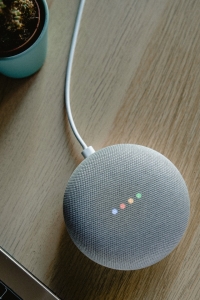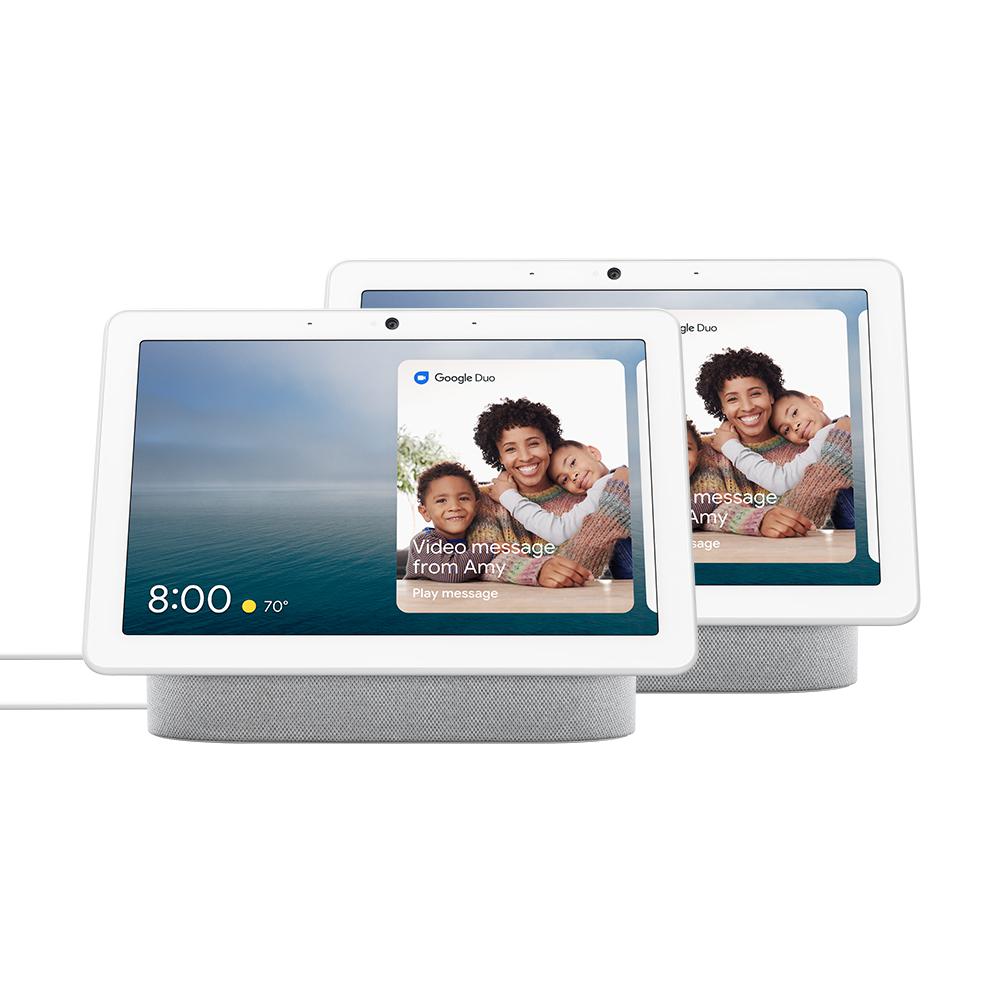
So, a lot has been made of smart home technology in recent years. What does it all mean? Is it something that you want to get into? I think the answer to that question may be moot, because so many products are coming with some sort of built in smart technology. You will end up with some, but will you be able to make use of it?
Smart home devices came about several years ago, and came with somewhat of a learning curve. Initially for most of the big platforms like Samsung Smartthings, Philips Hue, Ring, Insteon and others, you had to have a hub that connected all of the devices together and gave you a singe point of control for everything, mostly on your computer or smart phone. Now, so many homes have installed smart speakers like Google home or Amazon Alexa, those have become another, often primary, control source for home automation. So that seems like a good starting point.
There are a bunch of different manufacturers of smart speakers on the market, but the vast majority of homes that have them are either using the Google home or Amazon Echo (also known as Alexa), so let’s focus on those two.
What do they have in common and how are they different?
First off, they aren’t just speakers, they’re platforms. While their physical hardware doesn’t get updated very often, the services that power them—Alexa and Google Assistant—are in a constant state of change. A smart speaker is generally a gateway to a voice assistant ecosystem. When you choose an Echo or a Google Home, you’re choosing a side—whether to voice-enable your home with Alexa or Google Assistant.
Both Amazon Alexa and Google Assistant have developed into excellent voice assistants. They have dueling sets of features: Alexa supports multiple wake words, for instance, while Google lets you upload your own music to its cloud.
Alexa is more configurable if you’re willing to stick to its specific syntax, while Google Assistant is easier to use, less frustrating, and more fluid. Hollering different combinations of words at Google is more likely to result in a useful response. But if you learn and memorize Alexa’s phrases, you can dig down to find more obscure information sources and more skills with big third-party brands like Lyft.
Google’s speakers generally sound better. But the 3.5mm output jack on Amazon’s models, as well as the Echo Input add-on, opens up a huge world of third-party speakers you can then Alexa-enable with little effort. Both assistants are also now available on a range of third-party speakers, including flagship products from Bose and Sonos.
There are plenty of differences when it comes to the devices, mainly when it comes to capabilities, but essentially they are both Smart Home Hubs that connect to smart devices in your home to make living life a little bit easier.
Alexa’s name is often used interchangeably with the Amazon Echo. There are several “Echo” models to choose from with different features. Google Home also has a number of models to choose from, not all of them actually referred to as “Google Home”.
For a first time user, this can be really confusing! But hopefully I can give you some clarity in deciding which way to go. The truth of the matter is, in the long run, you really can’t go wrong with either one. I waver back and forth over which one I like better, both have some great features that come in handy. I have both in my home, in different areas.
In the kitchen, I have a Google home hub. It displays the weather and news. It is a very handy kitchen timer that you can set with just your voice. and of course, I can control my smart lights just by saying “Hey Google, turn on the living room lights”. When I’m not using it, it is a digital picture frame that ties directly to my google photos stream. So every time I take a picture on my phone, it comes up on my kitchen display. I also use the Google home hub in my bedroom that I have set up with the clock on the display at all times (unless you ask it to do something else). It is my alarm clock and music player in the bedroom.
In the Kid’s room, play room and in the living room I have an Amazon Alexa. I can also use it as a music player and to control smart home devices like lighting, but Alexa has some communication features that Google doesn’t. With Alexa I can use the “drop in” feature to drop in on other devices, like in the kids’ room and use it like the old fashioned home intercom systems. so to get the kids out of bed, I can just say “Alexa, drop in the kids’ room” and I am speaking to them directly and can hear them too, so I can make sure they are awake. Inevitably, they are not awake so I get to resort to another feature of Alexa that I like, I can play music on any Alexa device with just a voice command. So I say “Alexa, play Barney radio in the kids’ room” and the sound of that crazy purple fuzzy T-rex is enough to scare any teen or tween out of their pajamas.
I don’t think that you can go wrong with either one, but there are definitely different features of each that I like.
There are so many more features of these devices that are too much to get into on this single post. I’ll follow up with specifics on each one in upcoming posts.
Check them out and get up to speed!





